Can professional photographers shoot in aperture priority?
This is a subject that comes up in many conversations among photographers. Amateurs often ask professionals if it’s ok to shoot in Aperture Priority mode instead of fully manual mode. In fact, it’s almost controversial for a pro photographer to admit to using any automatic modes, be it Aperture Priority, Shutter Priority, or the P mode. I can’t answer this question for every professional photographer, and I am sure that the answer will also depend on the type of photography they engage in. All I can say is that for my client work, every image that I take is shot with Aperture Priority.
Not only do I use Aperture Priority on all my professional work, but I also use Auto ISO on every image too. But how can I call myself a professional photographer if I shoot in any of the Auto modes? Well, what’s the definition of a professional photographer? Do I sell my images or do I just shoot for the fun of it? If I sold an image I took, I have the right to call myself a professional photographer. That, in my view, is what defines me as a pro photographer, not the way I use the tool of my trade, the camera.
Nobody cares how a builder holds his hammer. If the nail goes in straight, that is ALL that matters. I have never been criticised or even questioned by my customer about what sort of mode I use. No one ever demanded that I use manual mode, since they paid for a professional photographer to take their pictures. Nobody cares. They just want nice images. How I took them is of no consequence to them. This pre-occupation with shooting modes is only discussed among photographers.
This whole thing is often just silly. People who take a picture of a tree or a lake every six months in manual mode criticise those who take thousands of pictures every week as their job. I have to be honest here. I believed that a professional photographer takes pictures in manual mode. When I first started taking pictures there was no such thing as auto mode. Yes, I’m old. I had to learn and understand the exposure triangle. I had to understand exactly what Aperture, Shutter Speed, and ISO do, otherwise I could not take a decent picture. So now that cameras became smarter, I am simply outsourcing some of the manual tasks to the camera.
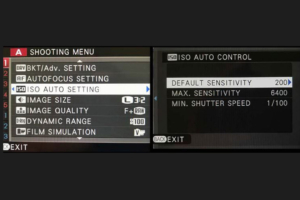 My mind was made on that at one of the weddings I covered early in my career. I shot the ceremony at the altar, and I took pictures of the couple as they were leaving the church. Now, the difference in light between the church and outside was easily 8 stops. So, I rushed out to get the shot of them leaving the church and getting a kiss in front of it, and I am frantically resetting the shutter speed and ISO, and of course, I missed the first kiss. I got them to kiss again to get a shot, but I was furious at myself for being so stubborn.
My mind was made on that at one of the weddings I covered early in my career. I shot the ceremony at the altar, and I took pictures of the couple as they were leaving the church. Now, the difference in light between the church and outside was easily 8 stops. So, I rushed out to get the shot of them leaving the church and getting a kiss in front of it, and I am frantically resetting the shutter speed and ISO, and of course, I missed the first kiss. I got them to kiss again to get a shot, but I was furious at myself for being so stubborn.
That was the last time I ever used fully manual mode on any paid job. Be it an event like a wedding, family photography, or a portrait session. I always shoot in Aperture Priority with Auto ISO. The only time I ever use manual mode is when I shoot landscapes, or night photography, which is almost never, and when I run photography workshops and my students want to learn about the manual mode.
My camera settings for boudoir photography and online dating portraits sessions
I shoot with Fujifilm cameras and lenses. My main camera body is Fujifilm X-T4 and I have a backup X-T2 and X-E1. I always shoot with prime lenses. These are either the 35mm(50mm in full frame) f1.4 or the 23mm (35mm in full frame)f1.4. I don’t use zoom lenses because they only go down to f2.8 in Aperture and I like a nicer bokeh which f1.x gives.
For all my portraits I shoot 90% of my images in f1.4 and rarely go above f2.8. I like the blurry background and also I shoot in rooms that often have very little light. I don’t use a flash so a wide-open aperture is the only way I can get enough light to expose correctly and deliver sharp images. I may use a continuous LED light in some sessions if I am really struggling with the light I’m getting naturally.
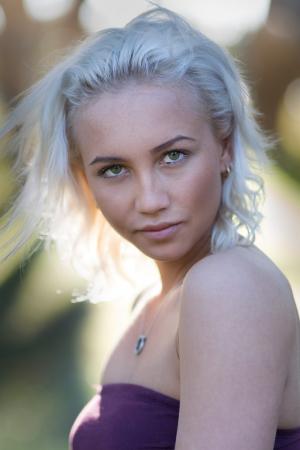
The only thing that changes in my setting is the aperture. I will only close it down beyond f1.4 if I want to show more of the background. My Shutter Speed is always set at 1/160s, the minimum. I have shaky hands and my clients may move a little as well, so the Shutter Speed is set to make sure I get a sharp image. If I direct my client into a pose where they move a little more, I increase the shutter speed to at least 1/320s. I don’t mind a tiny bit of motion blur in my images then. It helps to show the viewer that the person in the picture is actually moving. I increase the shutter speed to a minimum of 1/500s if they are walking or running.
Now, I could, of course, get all this done in manual mode. It’s simple enough. I can set my aperture at a setting that I want, then I can change the shutter speed to the level I want, then I can quickly adjust the ISO to a level that will give me the best image quality. Higher ISO produces more digital noise, so the lowest possible ISO should be used to get the best quality. Now, all that will take me no more than a few seconds. Unfortunately, all this needs to be adjusted with every light change. Sometimes the subjects are in full sun, sometimes in the shade, sometimes front-lit, sometimes back-lit. That’s a lot of fumbling with the camera.
I paid good money for a camera that is capable of calculating these settings much faster than I can. And much more accurately. I can always get the lowest ISO possible because that is part of the function of Auto-ISO. I simply program my camera to give me the lowest ISO for every light condition providing the shutter speed is at a minimum that I set. All I then have to do is use Aperture to get the Depth Of Field that I want, and the rest is done on the fly by the camera. So I can concentrate on directing the subject to get the best poses and expressions out of them.
If there is plenty of light, the shutter speed will be at anything between 1/500 and 1/8000s and ISO will be at 160-the lowest for Fujifilm camera. However, if I am shooting in a shade or a dark room, to get enough light into the camera for proper exposure, I will have to increase the time the shutter is open. That’s when the minimum shutter speed comes into play. I will not allow my camera to use a shutter speed lower than 1/160 in any light condition, so if there is less light, the camera will automatically increase ISO to give me the desired shutter speed. And no more, just enough to get the correct exposure, but keeping the lowest ISO possible. The camera will calculate it for me in microseconds.
In Fujifilm cameras I have an option to use 3 programmed Auto-ISO settings that I can access with a button press. It’s that simple. There is no way I could make these adjustments myself to the same level of accuracy or speed. And, why would I? That’s crazy. My job is to engage my subjects, to interact with them, to direct them, to give them the best possible images I can. That is the only thing that matters to me. To create images my customers will like. They could not care less how I used my camera, and I have nothing to prove to anyone.
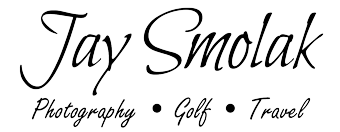
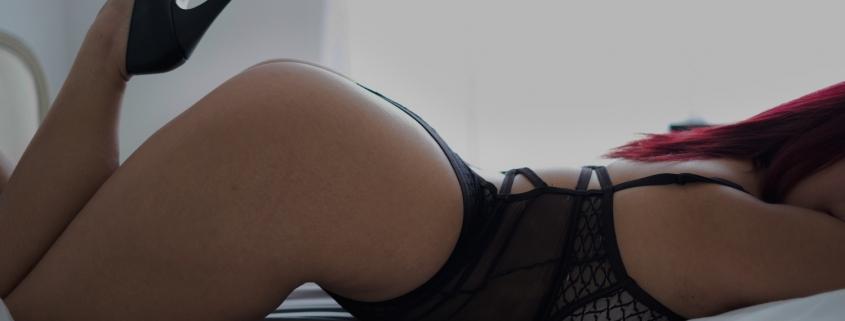
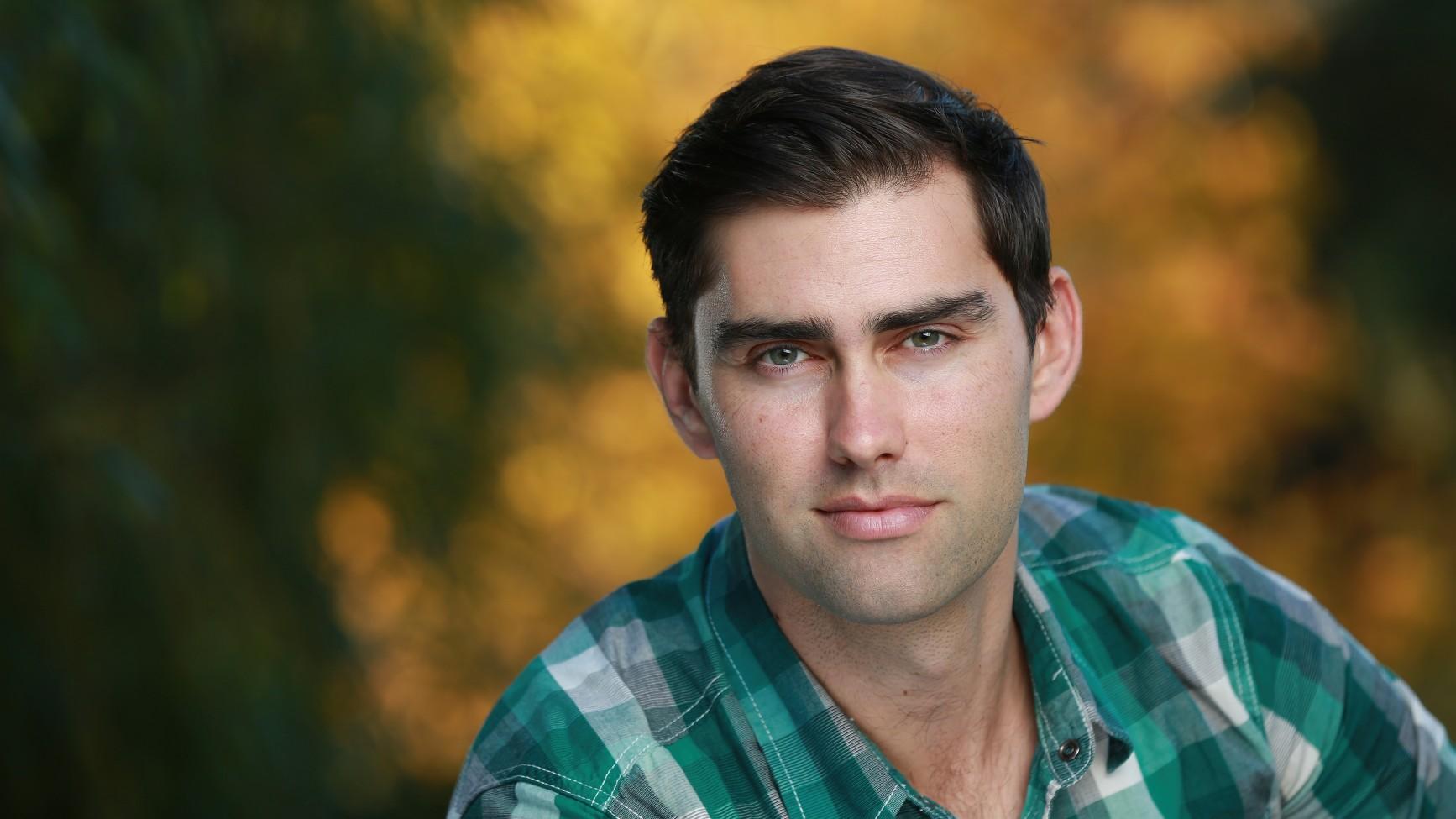
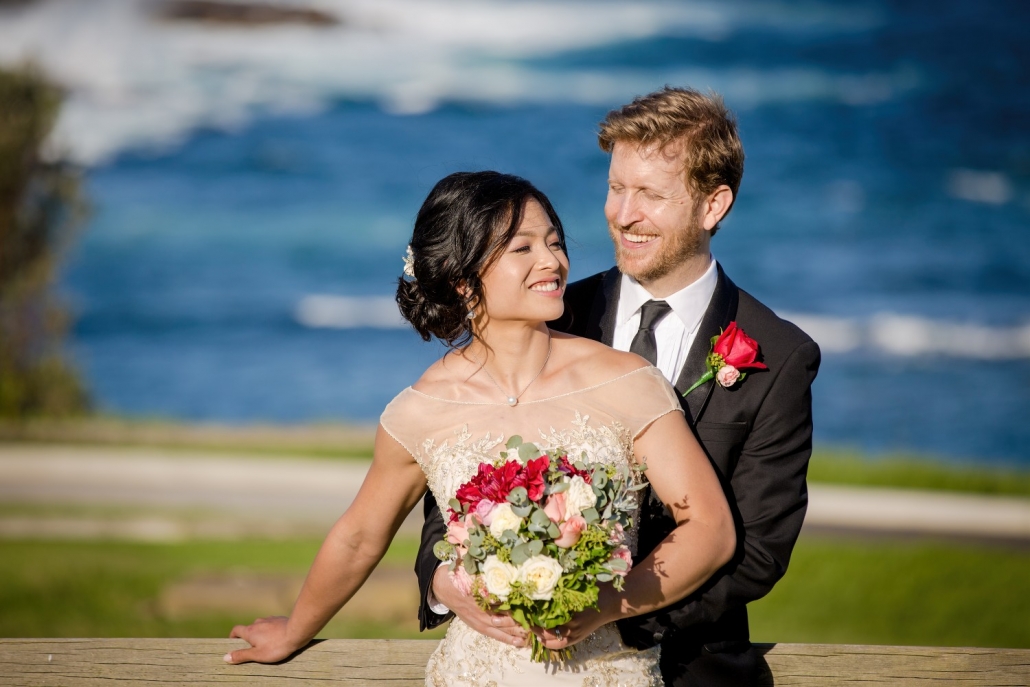
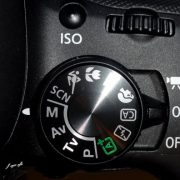
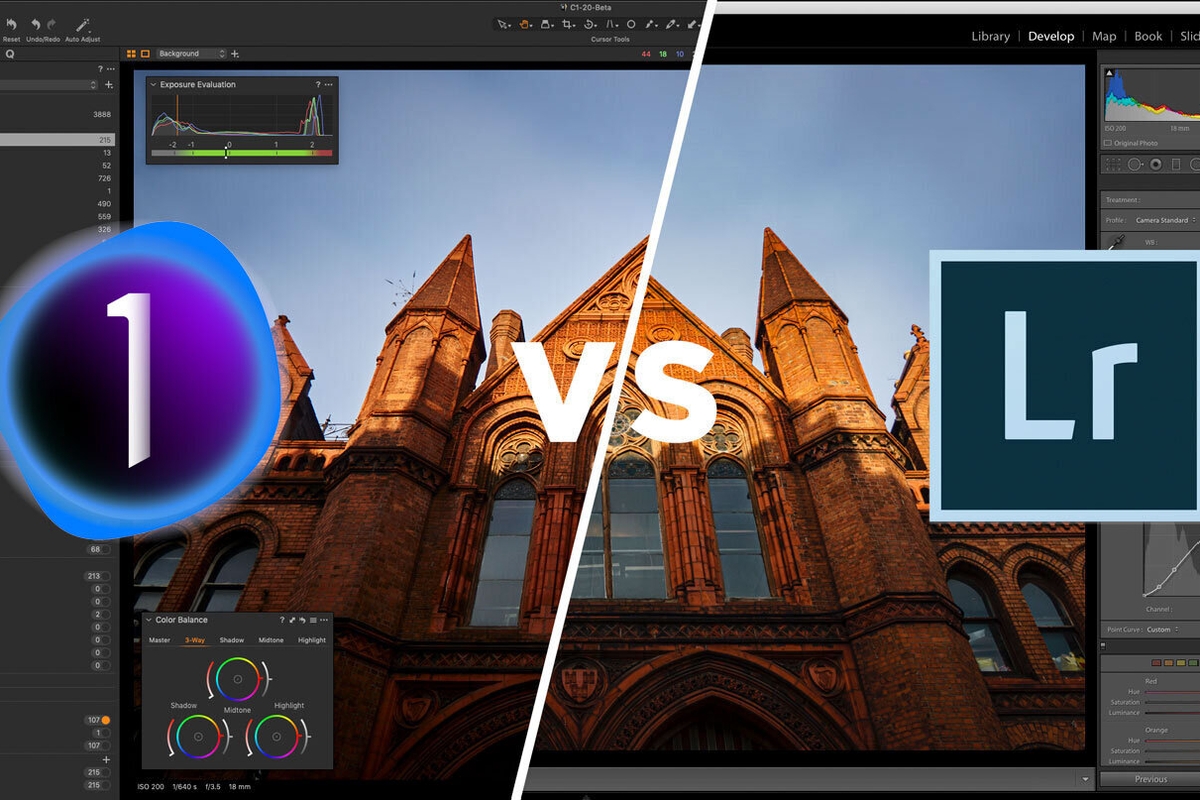


Leave a Reply
Want to join the discussion?Feel free to contribute!